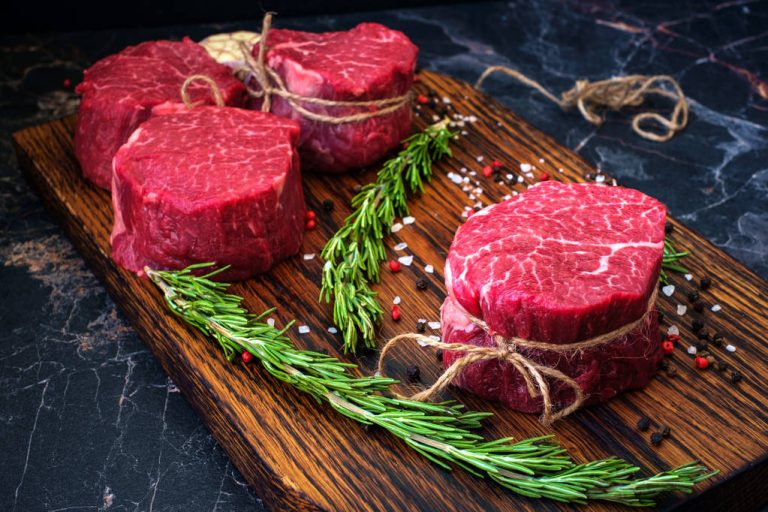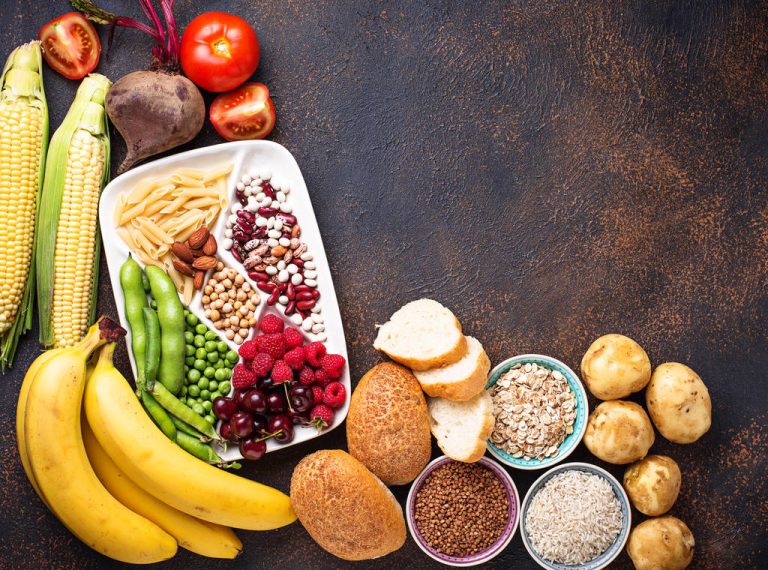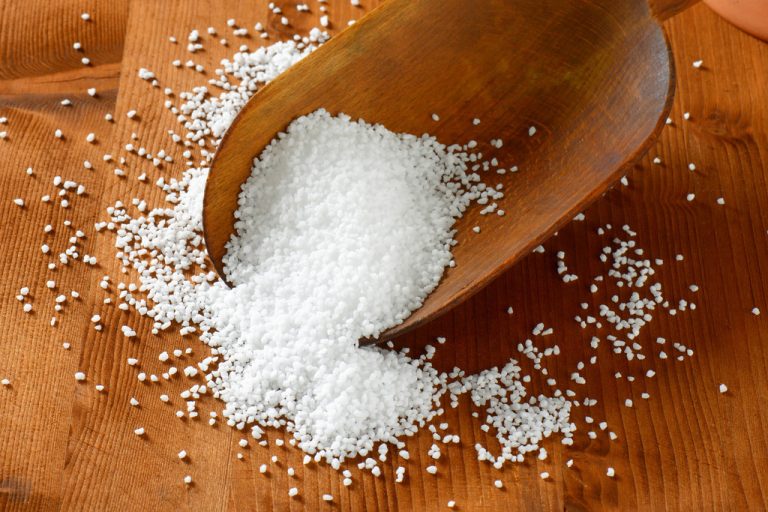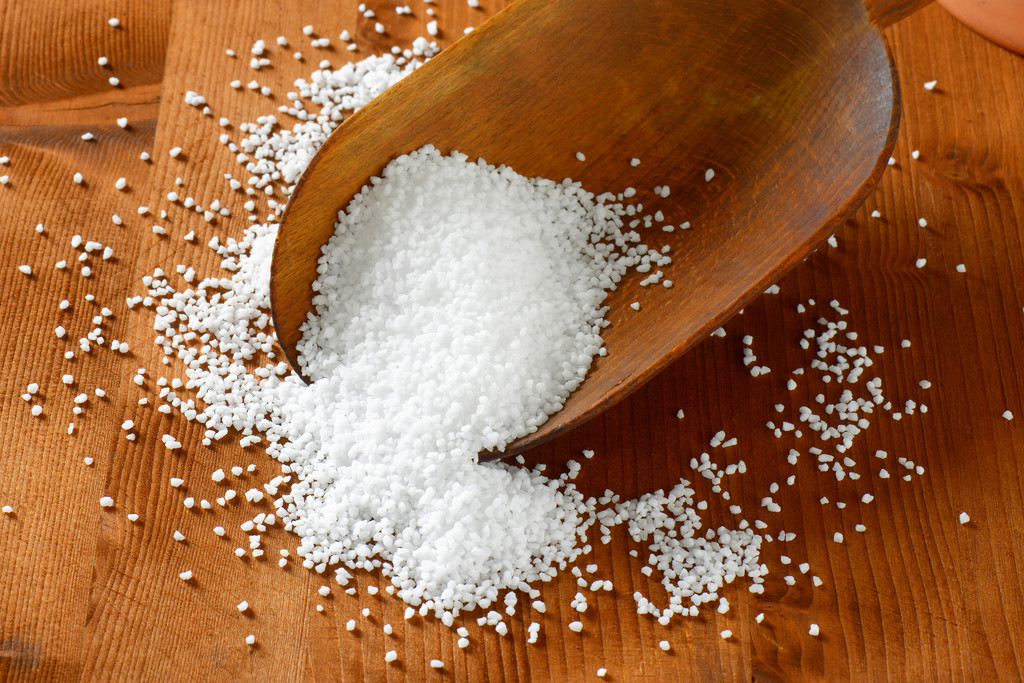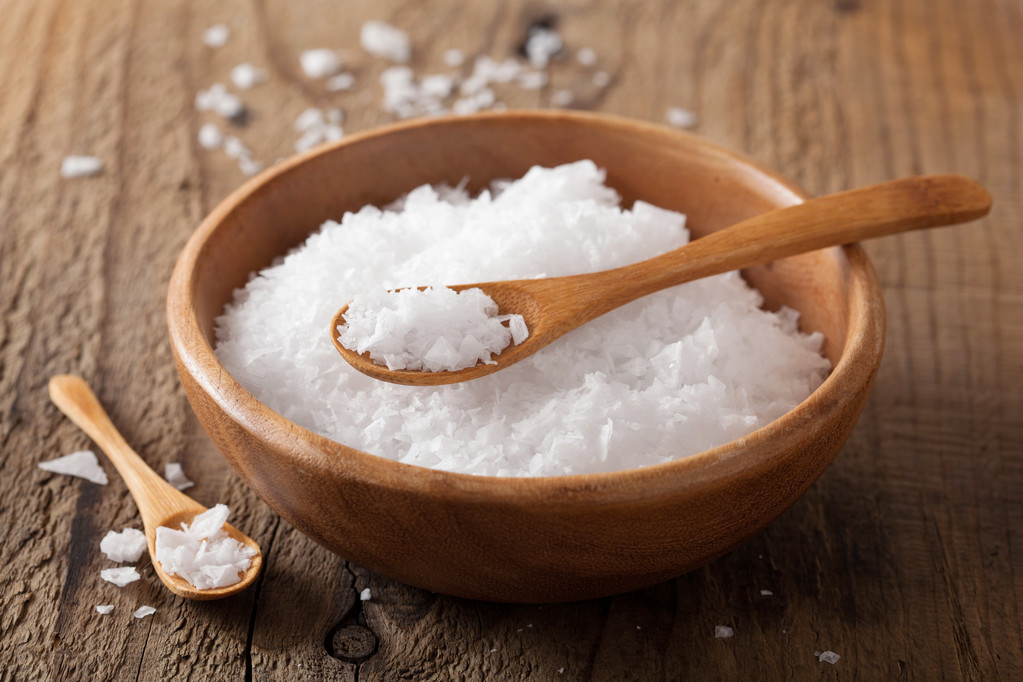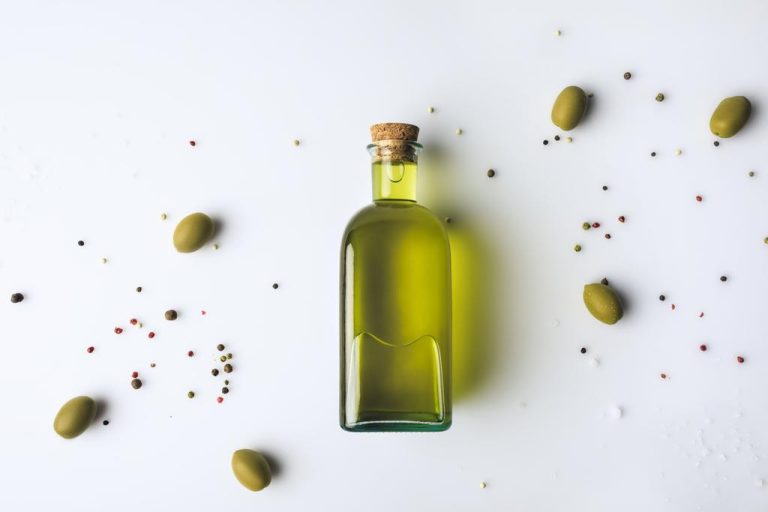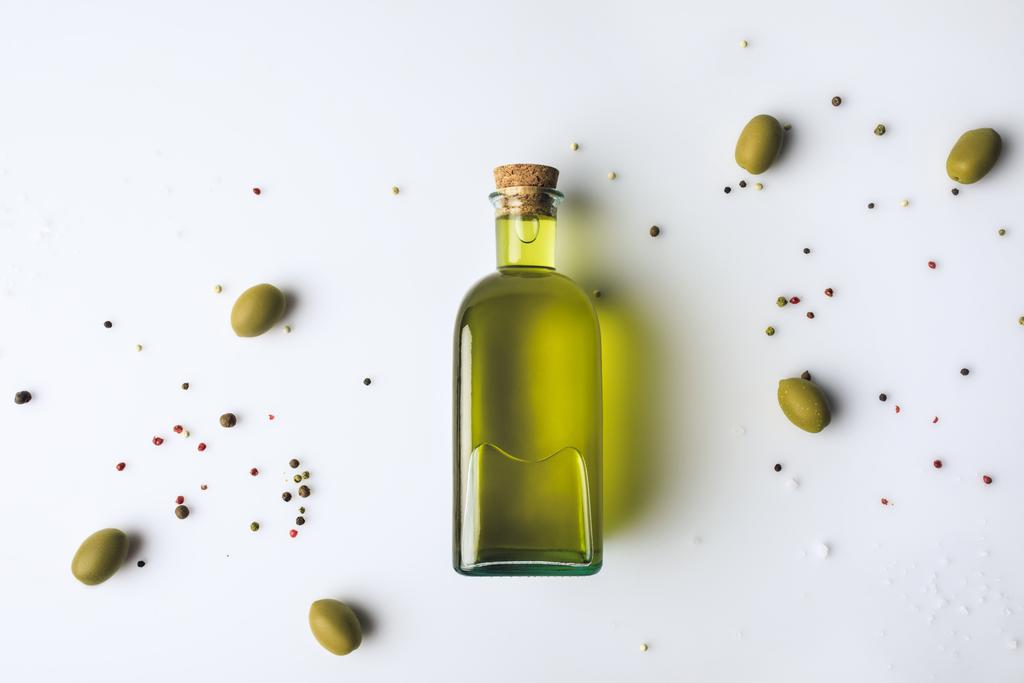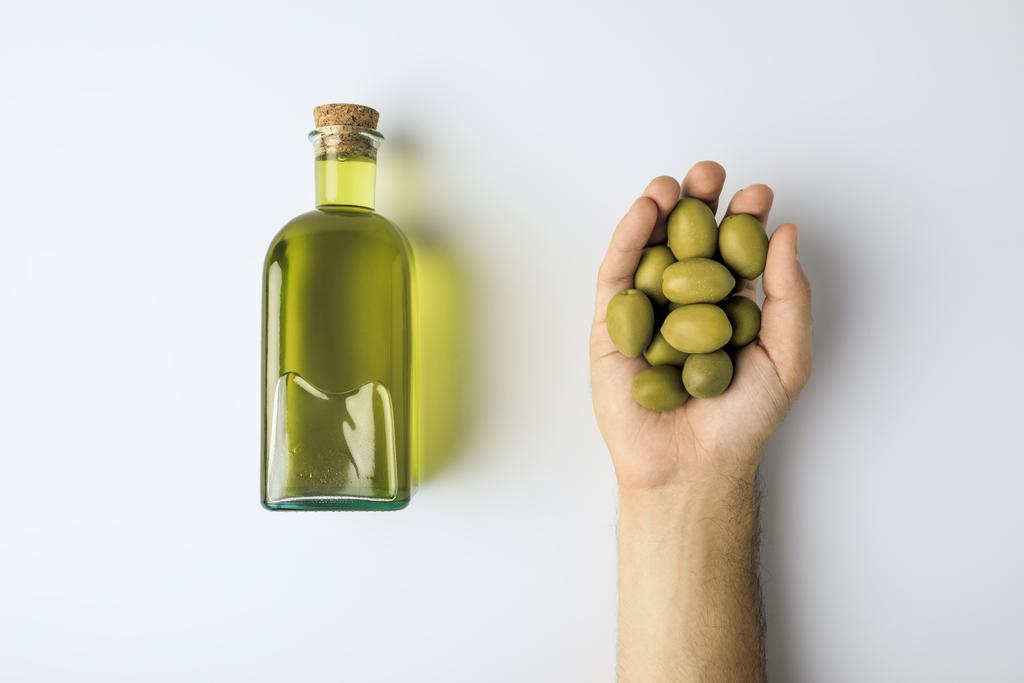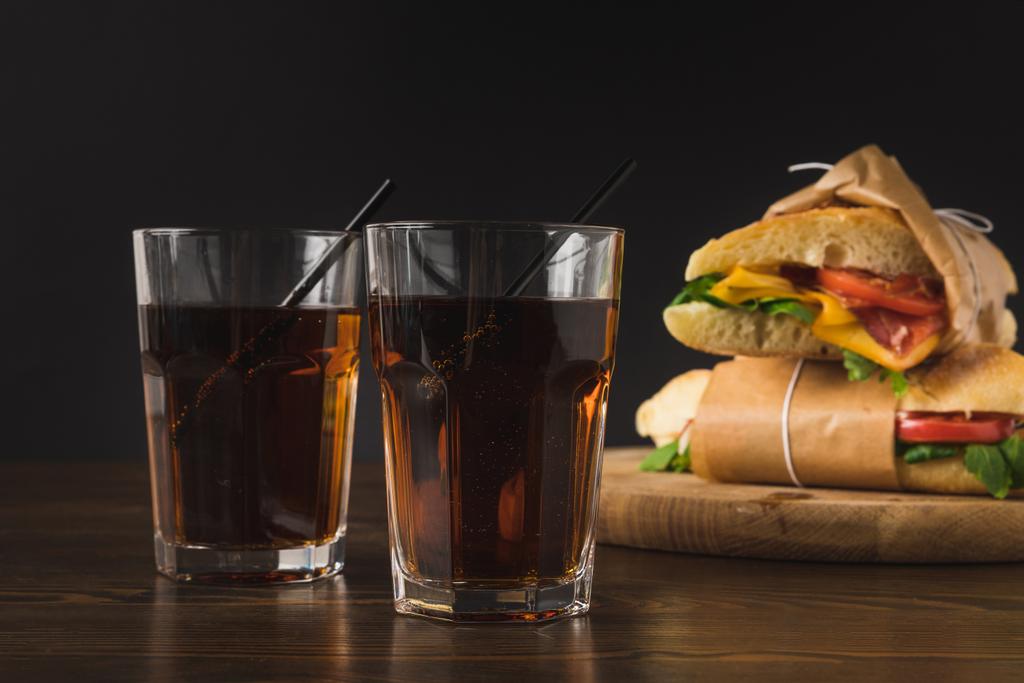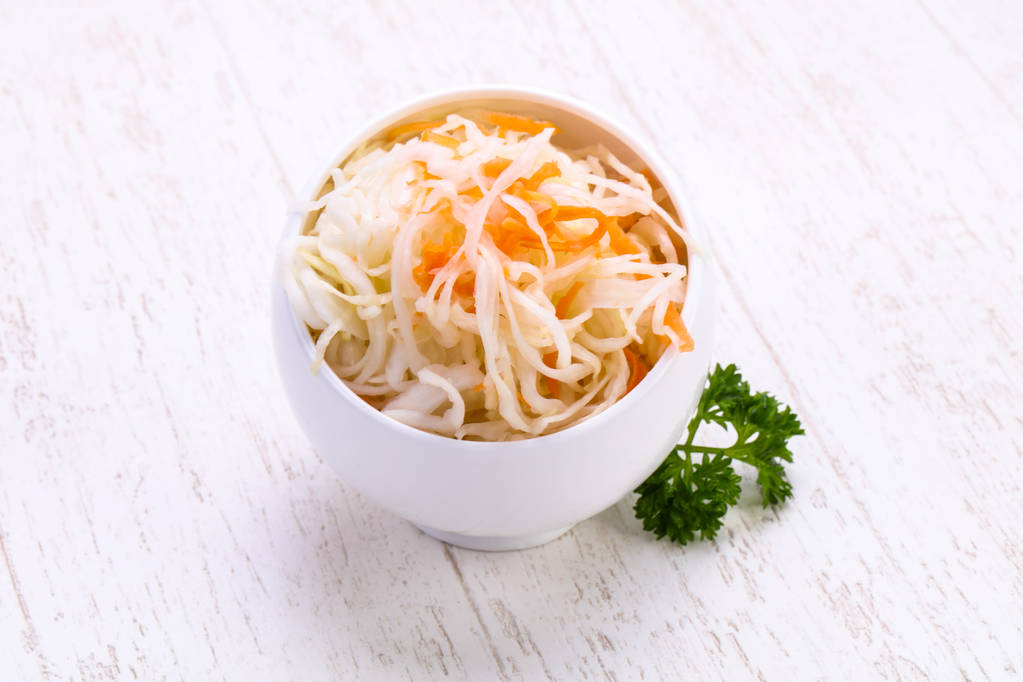If you choose the plane as your means of travel, you don’t expect the horror scenario of someone dying during the flight. But what happens when an emergency occurs?

The regulations: This is what happens in the event of a death
The plane is a popular means for us humans to travel to another country for work or vacation. According to statistics, in 2021 alone, around 20 percent of all traveled either privately or on business. But even if your thoughts are only about the positive and the long-awaited vacation, at some point the thought comes up: What if a fellow passenger dies during the flight?
In principle, it is not possible for the flight crew to foresee whether a passenger will start the flight despite being ill. On the one hand, this can be due to ignorance about the disease, but sometimes the trip is absolutely necessary for sick people so that he or she can be treated at another location, for example.
As for the flight crew, you don’t have to worry: all crew members must be properly trained to deal with any emergency, including the death of a passenger. It is interesting to know that neither the staff nor the pilot are allowed to declare a passenger dead. This right is reserved for doctors. Flight personnel are required to perform cardiopulmonary resuscitation prior to landing. Only after landing is the victim handed over to rescue workers, who can then, if necessary, declare him dead.

The emergency landing: How it takes place
The rescue of the passenger is of course the top priority. Nevertheless, it is not always possible for the pilot to carry out an intermediate or emergency landing immediately. This is the case, for example, when the aircraft is over the Atlantic. If, in an extreme case, the landing cannot be carried out promptly, the flight crew can receive support from medical specialists via radio. A portal that makes this possible is, for example, Medlink. Over the radio, doctors give instructions and accompany the crew members.
The presence of a doctor is an exceptional case: the aircraft does not necessarily have to make an emergency landing in the situation. As a rule, the aircraft then flies to the destination airport even if a passenger dies. Of course, the deceased person is protected from the eyes of others: the airlines normally have body bags on board. If this is not the case, the person is covered with a blanket and brought to the last row. When the plane lands, medical staff are on site to take the person.
Even if such a situation arises, the best possible treatment is guaranteed. However, such cases are very rare; Normally there is no need to worry.








